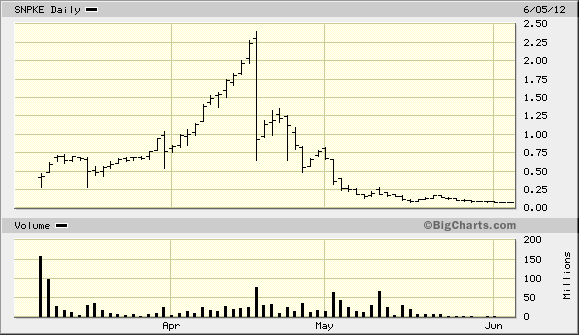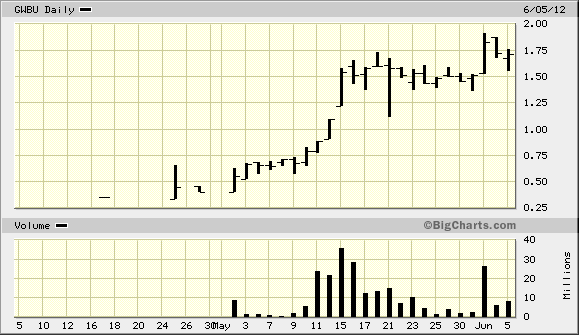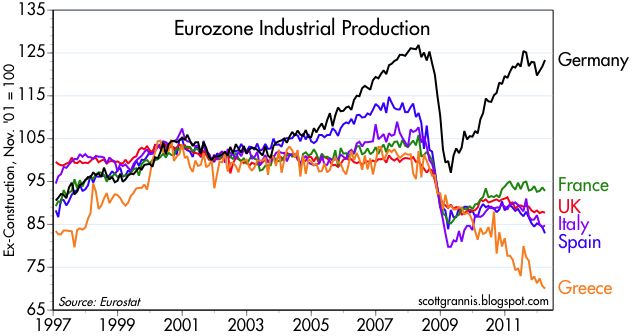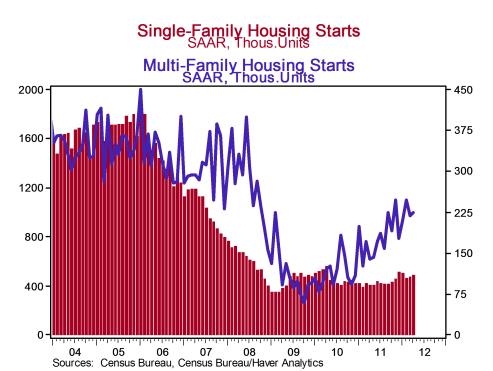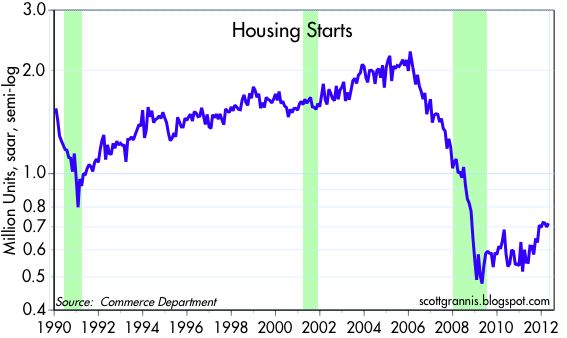Review
For beginners and a review of Present Value—see these 10 minute videos: http://www.khanacademy.org/finance-economics/core-finance/v/introduction-to-present-value and http://www.khanacademy.org/finance-economics/core-finance/v/present-value-2 and http://www.khanacademy.org/finance-economics/core-finance/v/present-value-3
and Discounted Present Value: http://www.khanacademy.org/finance-economics/core-finance/v/present-value-4–and-discounted-cash-flow
Prof. Damodaran’s Handout on NPV:DCF Basics by Damodaran
Prof. Greenwald Lecture Notes (See pages 10-13 on NPV Valuation):OVERVIEW Value_Investing_Slides
And The Dangers of Using DCF (Montier and Mauboussin)
CommonDCFErrors (Montier) and dangers-of-dcf (Mauboussin)
Part I: What are the three major shortcomings of using the Net Present Value Approach (“NPV”) to valuing companies?
The NPV approach has three fundamental shortcomings. First, it does not segregate reliable information from unreliable information when assessing the value of a project. A typical NPV model estimates net cash flows for several years into the future from the date at which the project is undertaken, incorporating the initial investment expenditures as negative cash flows. Five to ten years of cash flows are usually estimated explicitly. Cash flows beyond the last date are usually lumped together into something called a “terminal value.” A common method for calculating the terminal value is to derive the accounting earnings from the cash flows in the last explicitly estimated year and then to multiply those earning by a factor that represents an appropriate ratio of value to earnings (i.e., a P/E ratio). If the accounting earnings are estimated to be $12 million and the appropriate factor is a P/E ratio of 15 to 1, then the terminal value is $180 million.
How does one arrive at the appropriate factor, the proper price to earnings ratio? That depends on the characteristics of the business, whether a project or a company, a terminal date. It is usually selected by finding publicly traded companies whose current operating characteristics resemble those forecast for the enterprise in its terminal year, and then looking at how the securities markets value their earnings, meaning the P/E at which they trade. The important characteristics for selecting a similar company are growth rates, profitability, capital intensity, and riskiness.
—
This wide range of plausible value has unfortunate implications for the use of NPV calculations in making investment decisions. Experience indicates that, except for the simplest projects focused on cost reduction, it is the terminal values that typically account for by far the greatest portion of any project’s net present value. With these terminal value calculations so imprecise, the reliability of the overall NPV calculation is seriously compromised, as are the investment decisions based on these estimates.
The problem is not the method of calculating terminal values. No better methods exist. The problem is intrinsic to the NPV approach. A NPV calculation takes reliable information, usually near-term cash flow estimates, and combines that with unreliable information, which is the estimated cash flows from a distant future that make up the terminal value. Then after applying discount rates, it simply adds all these cash flows together. It is an axiom of engineering that combining good information with bad information does not produce information of average quality. The result is bad information, because the errors from the bad information dominate the whole calculation. A fundamental problem with the NPV approach is that it does not effectively segregate good from bad information about value of the project.
A second practical shortcoming of the NPV approach to valuation is one to which we have already alluded. A valuation procedure is a method from moving from assumptions about the future to a calculated value of a project which unfolds over the course of that future. Ideally, it should be based on assumptions about the future that can reliable and sensibly be made today. Otherwise, the value calculation will be of little use.
For example, a sensible opinion can be formed about whether the automobile industry will still be economically viable twenty years from today. We can also form reasonable views of whether Fort or any company in the industry is likely. Twenty years in the future, to enjoy significant competitive advantages over the other automobile manufacturers (not likely). For a company such as Microsoft, which does enjoy significant competitive advantages today, we can think reasonable about the chances that these advantages will survive the next twenty years, whether they will increase, decrease, or continue as is.
But it is hard to forecast exactly how fast Ford’s sales will grow over the next two decades, what its profit margins will be, or how much will be requires to invest per dollars of revenue. Likewise, for a company like MSFT, projecting sales growth and profit margins is difficult for its current products and even more difficult for the new products that it will introduce over that time. Yet these are the assumptions that have to be made to arrive at a value based on NPV analysis. (See page 10 of Greenwald notes-link on blog post).
It is possible to make strategic assumptions about competitive advantages with more confidence, but these are not readily incorporated into an NPV calculation. Taken together, the NPV approach ‘s reliance on assumptions that are difficult to make and its omission of assumptions that can be made with more certainty are a second major shortcoming.
A third difficulty with the NPV approach is that it discards much information that is relevant to the calculation of the economic value of a company. There are two parts to value creation. The first is three sources that are devoted to the value creation process, the assets that the company employs. The second part is the distributable cash flows that are created by these invested resources. The NPV approach focused exclusively on the cash flows. In a competitive environment, the two will be closely related. The assets will earn ordinary –the cost of capital—returns. Therefore, knowing the resource levels will tell a good deal about likely future cash flows.
But if the resources are not effectively, then the value of the cash flows they generate will fall short of the dollars invested. There will always be other firms that can do better with similar resources, and competition from these firms will inevitably produce losses for the inefficient user. Even firms efficient in their use of resource may not create excess value in their cash flows, so long as competition from equally environment, resource requirements carry important implications about likely future cash flows, and the NPV approach takes no advantage of this information.
All these criticisms of NPV would be immaterial if there were no alternative approach to valuation that met these objections. But in fact there is such an alternative. It does segregate reliable from unreliable information; it does incorporate strategic judgments about the current and future state competition in the industry; it does pay attention to a company’s resources. Because this approach had been developed and applied by investors in marketable securities, starting with Ben Graham and continuing through Warren Buffett and a host of others, we will describe this alternative methodology in the context of valuing a company as a whole in Part II.


